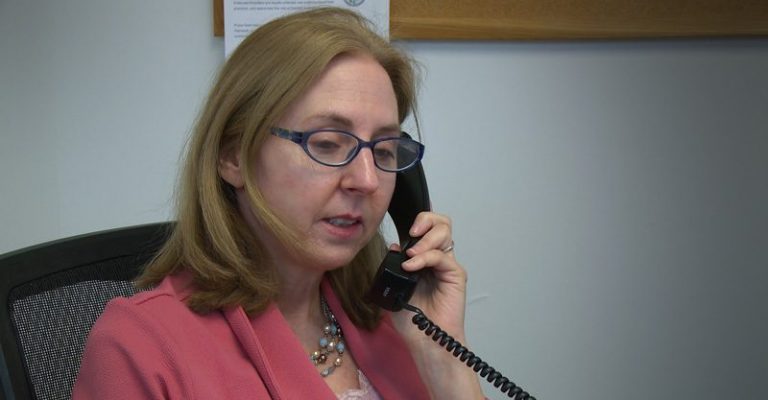Most people feel anxiety in certain situations and circumstances. For a diagnosis of a specific anxiety disorder to be made, a qualified health professional must:
• evaluate the symptoms and course of the illness over a period of at least six months
• rule out causes by other medical conditions, psychiatric disorders or substance use
• determine that the disorder has caused a significant impairment in the person’s functioning
Specific anxiety disorders share some features in common, while others are unique to each disorder. Some common signs of an anxiety disorder are:
Excessive worry – Frequent intense worry about situations, activities or events that is out of proportion to the likelihood or impact of the anticipated event. This is the essential feature of generalized anxiety disorder.
Avoidance – This is the flight part of the brain’s “fight or flight” response, as when someone goes out of his way to avoid a situation or object that arouses his anxiety. It is a common feature of all anxiety disorders.
School refusal – A specific avoidance strategy which families and school officials are seeing with greater frequency among children and adolescents diagnosed with a variety of anxiety-related disorders.
Arousal – Physical sensations that are felt when the body switches to fight or flight mode, such as increased pulse and breathing rates, difficulty breathing, excessive sweating, nausea and dizziness. Arousal is a common feature in all anxiety disorders and is a prominent feature of panic disorder.
Intrusive thoughts – Unwelcome, involuntary thoughts that often lead to a kind of predictive anxiety that the person will not be able to cope. Intrusive thoughts are a prominent feature of obsessive-compulsive disorder, though also present in most other anxiety disorders.
Vigilance – Being highly attuned to the environment and alert to circumstances that may cause a person to be anxious or feel trapped in an anxiety-provoking situation.
Threat estimation – Overestimating the gravity of a threat and underestimating one’s ability to cope with it. This is a common feature of generalized anxiety and other anxiety disorders.
Irrational fear – When the fear or anxiety is out of proportion to the actual danger posed by an object or situation. This is common in specific phobias, such as fear of animals, heights or needles.
Separation fear – Excessive worry or distress over separation from or well-being of a major attachment figure, such as a parent. This is the key sign of a separation anxiety disorder.
Fear of crowds – Marked fear and avoidance of crowds or public situations such as using public transportation, standing in line, being in either closed or open spaces, or being outside of the home. Fear of crowds is the defining feature of agoraphobia.
Selective mutism – Consistent inability to speak and communicate effectively in certain social situations such as school, but not in other situations. Selective mutism disorder is usually seen in children but has the potential to continue into adulthood if untreated.



 Anxiety disorders are the most common mental health disorders. They affect 18% of adults in the United States in any given year, with a lifetime prevalence of 29% of all Americans (
Anxiety disorders are the most common mental health disorders. They affect 18% of adults in the United States in any given year, with a lifetime prevalence of 29% of all Americans (